

![]()
![]()
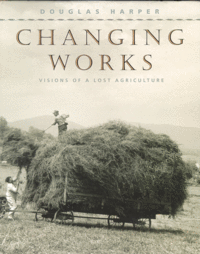
Changing Works captures American agriculture at its point of transition to industrial farming in the 1940s. Social change is notoriously difficult to capture and chronicle, but this book captures this transition beautifully, in images and in a sparely written text containing the voices of farmers who were farming at that time, and the author's own observations as their neighbour in rural upstate New York. Douglas Harper skilfully details the transition from a co- operative system based on craft skill and empathic proximity with animals in which farmer's exchange labour power by working each others farms - the changing works crews from which the book gets its name - to large scale industrialized agriculture in which cows are milk machines with computer chips. The author is questioning the environmental integrity of this system and its less communitarian, more privatised, social relationships, while not stifling the voices of those farmers who see modern farming as less physically demanding and dangerous. What makes this account of social transition so powerful is the social texture it draws. Harper is particularly adept at conveying the social relationships of rural society, both in the 1940s and today. He does this through attention to detail. The section on haymaking, for example, carries the broader texture of the social relationships of shared work, just as the descriptions of the work of blacksmiths conveys both the minutiae of the relationship between men and tools and the broader social landscape on which this matters and makes sense. One of the reasons this book works so well is the apparently effortless way it shifts between macro and micro viewpoints, as well as between the abstract and the concrete. It conveys a sense of bodies and sweat, machines, crops and cow dung. (Lest we be in any doubt about this the index carries 13 different manure references, including 'on my boots'!). The fact that Harper worked for farmers while researching this book is undoubtedly responsible for the quality of its observations. Changing Works captures the local relationships between people, and between people and the animals and machines their lives depended on. The gender relationships of past and present agricultural are carefully discussed and illustrated. He shows how women played a highly significant, though sometimes marginalized role in agricultural production in their own right, as well as providing meals for the changing works crews.
The intricate social texture conveyed in this book is undoubtedly also the result of its methodological innovativeness. The space for the text is marked out by the images, which take priority, in much the way they do in a film. There are two kinds of photographs. Beautiful, modernist, photographs from the archive of the Standard Oil of New Jersey - who commissioned them to develop its public image by showing the uses of oil in everyday life - taken by Sol Libsohn, Gordon Parks, Charlotte Brooks and others, show the technical and labour processes of 1940s farming. Harper used these in photo elicitation interviews with farmers, for whom these things were part of living memory, to question recent developments in agriculture. Harper's relationship with his informants, especially Willie who featured in an earlier book Working Knowledge, is undoubtedly responsible for the quality of his interview material and observations. The second, and equally beautiful, kind of photograph, are the author's. Often these show farmers and their families, machines in use, or aerial views of farms so that you can see their relationship with the surrounding countryside. Sometimes single images are used, and sometimes sequences are used to show processes. The resulting, delicately managed collage of images, past and present, farmers voices and analysis of the processes and social relationships of this moment of agricultural transition are stunning.
I have only two minor criticisms. In one place only the analysis is distracting, noticeable only because of the lightness of touch used throughout. This is when the author applies theories of patriarchy to his discussion of the role of women in agricultural work. He could have left this discussion of patriarchy out. The portraits he paints of gender in rural life are much more interesting and highly nuanced, and stand in their own right without benefit from the blunt theoretical instrument he applies to them. The second minor criticism is that readers outside of the US would find some kind of account of the political context of American agriculture useful. The politics of food production, from subsidies to hygiene, are highly topical in Europe, and it would be helpful to know the broad contours of the situation in American. But this is minor stuff. Changing Works is highly recommended. All sociology should look this good and be this subtle. And, if cows read sociology, they would like this very much indeed!
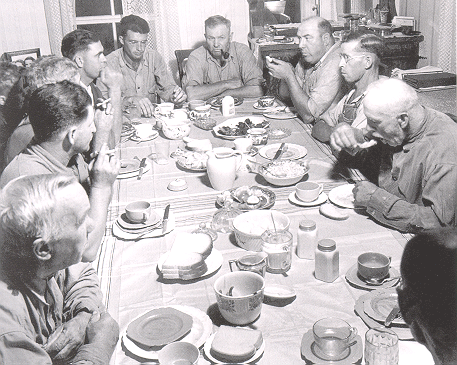
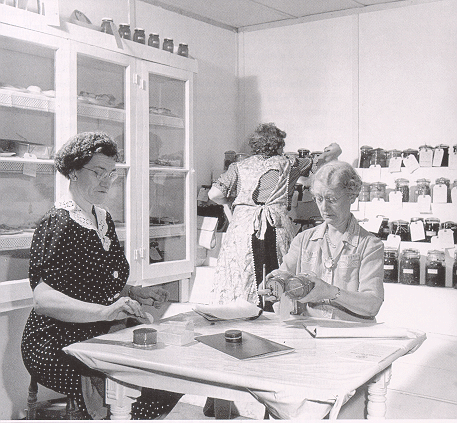
Fig.93 (p199)
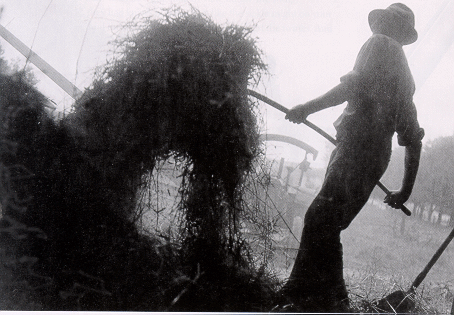
Fig.60 (p129)
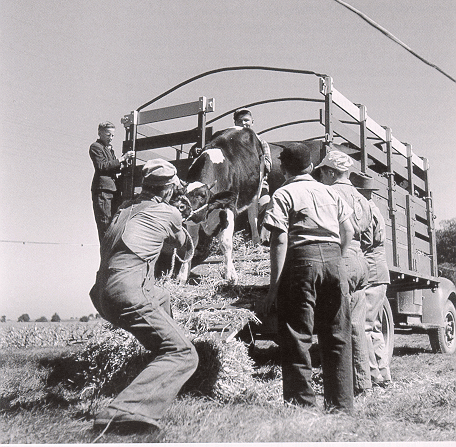
Fig.107 (p230)
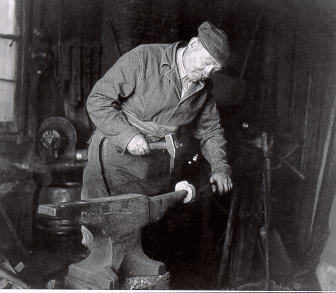
Fig.29 (p77)
Caroline Knowles
University of Southampton